Feeding Amaryllis Plants – Learn How And When To Fertilize Amaryllis Bulbs
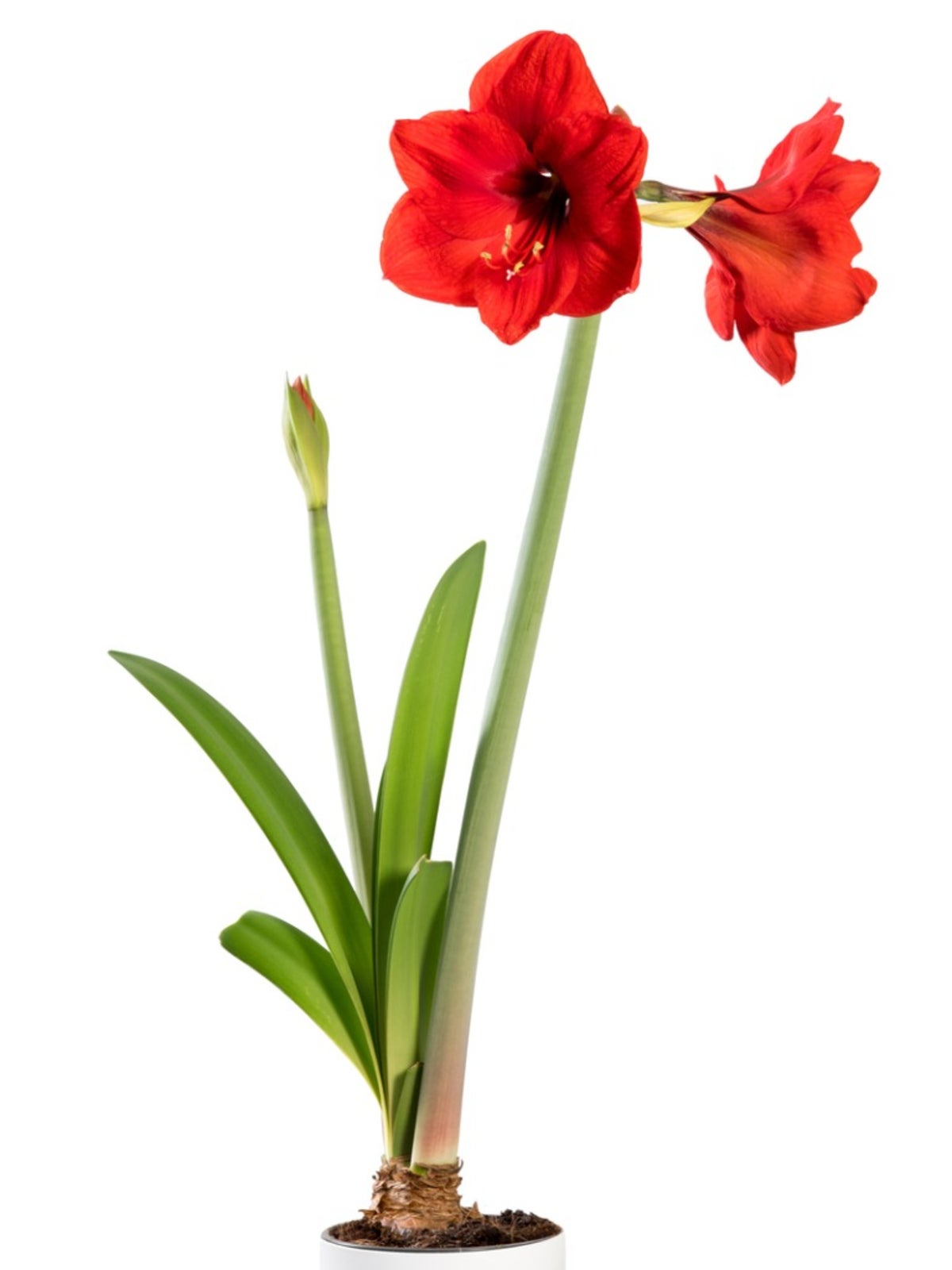
Although amaryllis is a tropical flowering plant, it is most commonly seen during the winter months when it is often grown indoors. The bulbs come in a variety of shapes and brilliant colors sure to brighten the dreariest winter day. Care of amaryllis is often a question, but does amaryllis need fertilizer? If so, you may wonder when to fertilize amaryllis and what are amaryllis fertilizer requirements? Read on to learn more.
Does Amaryllis Need Fertilizer?
Amaryllis is often given as a gift during the holiday season wherein folks treat the plant as a one-shot, single blossom plant, almost like cut flowers. Once the bloom is gone, the entire bulb is often tossed as well. However, amaryllis can be grown year-round, and you can even entice it to bloom again by feeding amaryllis plants. Proper amaryllis bulb fertilizer is the key to a healthy plant and show-stopping bloom.
When to Fertilize Amaryllis
You should begin feeding amaryllis plants once the foliage begins to peek out above the soil surface-- NOT before it has foliage.
Amaryllis fertilizer requirements are not particularly special; pretty much any slow-release or liquid fertilizer that has an N-P-K ratio of 10-10-10. If using a slow-release fertilizer, apply every three to four months. When using a liquid fertilizer, feed the plant two to four times monthly, either every week or bi-monthly. Keep the bulb in as much natural sunlight as possible at this stage of growth.
If you would like to continue to grow your amaryllis instead of tossing the bulb into the compost, remove the blossom as soon as it begins to fade. Cut the stem off just above the bulb to remove the flower. Put the bulb back in a sunny window. During this period the bulb is growing, so you need to keep the soil moist and fertilize at regular intervals as above.
To get the plant to re-blossom by forcing the bulb, amaryllis needs a period of dormancy. To force the bulb into blooming, quit watering and fertilizing for eight to ten weeks and place the bulb in a cool, 55 degrees F. (12 C.), dark area. The old leaves will wither and yellow and new growth will begin to emerge. At this point start watering again, remove the dead foliage, and move the plant into a full sun location.
If you live in USDA hardiness zones 8 to 10, the bulb can also be moved outdoors after all danger of frost has passed in the spring. Select a sunny area of the garden that gets some shade during the hot, afternoon hours and mulch around the bulb. Plant bulbs a foot (31 cm.) apart in well-draining soil.
Gardening tips, videos, info and more delivered right to your inbox!
Sign up for the Gardening Know How newsletter today and receive a free copy of our e-book "How to Grow Delicious Tomatoes".
Snip any dead leaves to encourage new growth, keep the bulb moist, and feed the amaryllis bulb a fertilizer that is lower in nitrogen, like 0-10-10 or 5-10-10, sometimes called a “blossom booster” fertilizer. Keep using this slow-release fertilizer from March through September.
Fertilize the first time as new growth begins to emerge and again when the flower stalk is 6 to 8 inches (15-20 cm.) in height. A third application should be applied when the old flower heads and stems have been removed.

Amy Grant has been gardening for 30 years and writing for 15. A professional chef and caterer, Amy's area of expertise is culinary gardening.
-
 Looking For Plants To Give You The Soft And Fuzzies? Try These 5 Fuzzy Leaf Plant Options
Looking For Plants To Give You The Soft And Fuzzies? Try These 5 Fuzzy Leaf Plant OptionsLovers of texture, drama, silver foliage and tactile plants will adore these special sensory garden additions. These fuzzy leaf plant options will leave you all aglow
By Susan Albert
-
 Get Ready For A Summer Of Hummers! Grow These Full Sun Hummingbird Plants and Flowers
Get Ready For A Summer Of Hummers! Grow These Full Sun Hummingbird Plants and FlowersIf you’re lucky enough to enjoy a sunny backyard, make sure you are maxing out on your pollinator opportunities and grow these full sun hummingbird plants and flowers
By Tonya Barnett
-
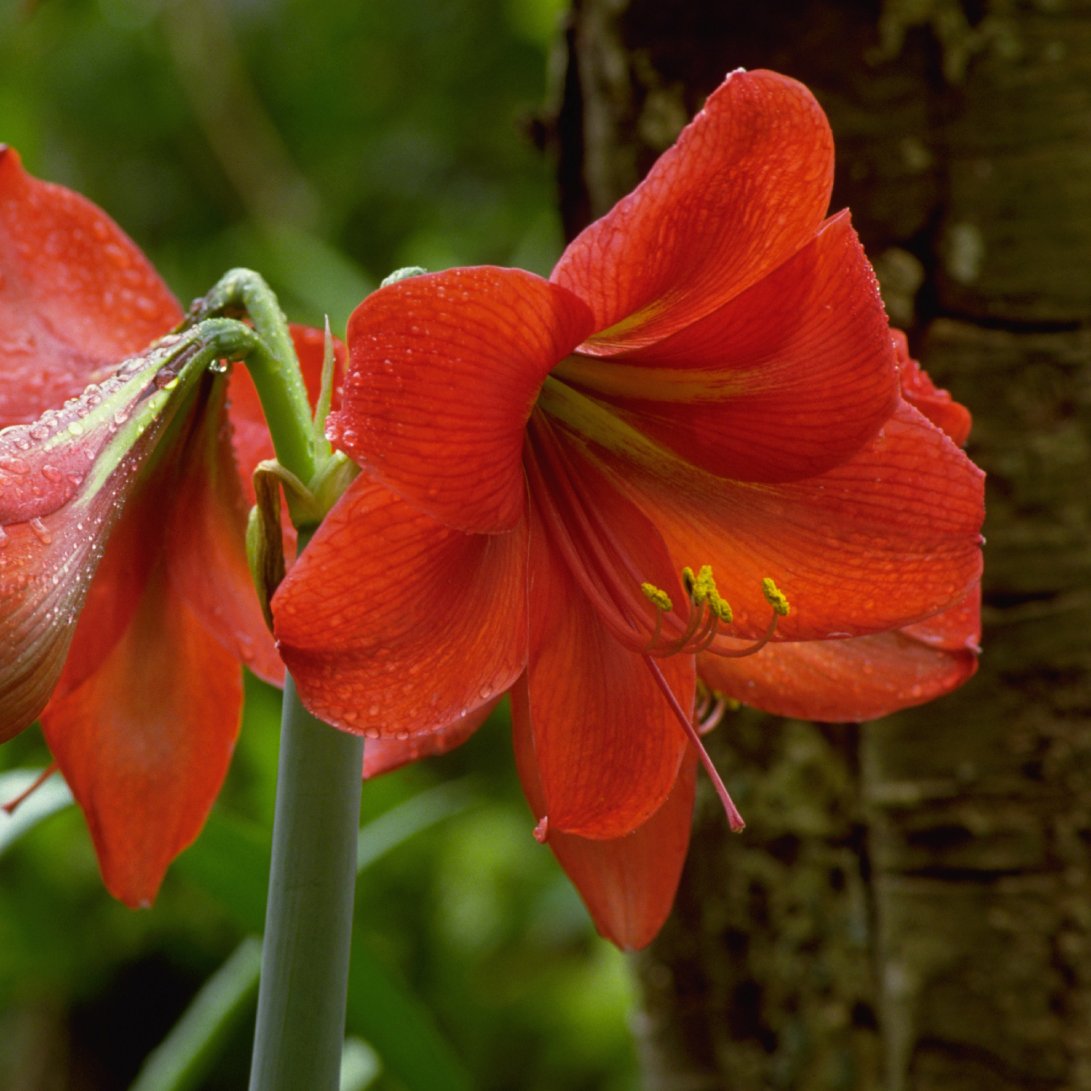 Amaryllis Southern Blight Disease: Recognizing Amaryllis Southern Blight Symptoms
Amaryllis Southern Blight Disease: Recognizing Amaryllis Southern Blight SymptomsBy Mary Ellen Ellis
-
 Amaryllis Has Leaf Scorch – Controlling Red Blotch Of Amaryllis Plants
Amaryllis Has Leaf Scorch – Controlling Red Blotch Of Amaryllis PlantsBy Tonya Barnett
-
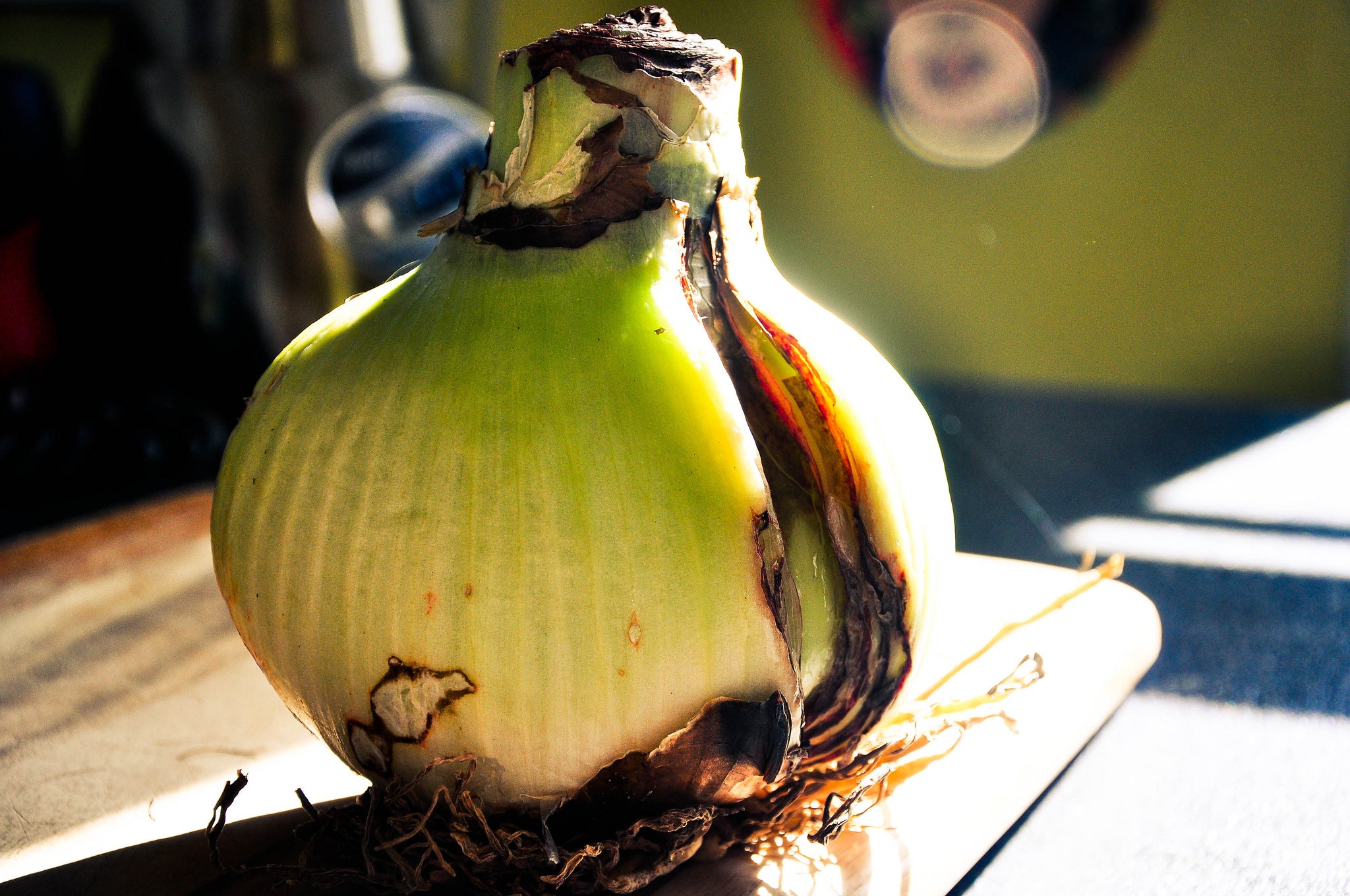 Amaryllis Bulb Rot – What Causes Rotten Amaryllis Bulbs
Amaryllis Bulb Rot – What Causes Rotten Amaryllis BulbsLike many potted plants, diseases and issues related to fungal infections can be detrimental to the development of the plant and may even cause it to die before it is able to bloom. Amaryllis bulb rot is one such issue. Learn more about this problem in the following article.
By Tonya Barnett
-
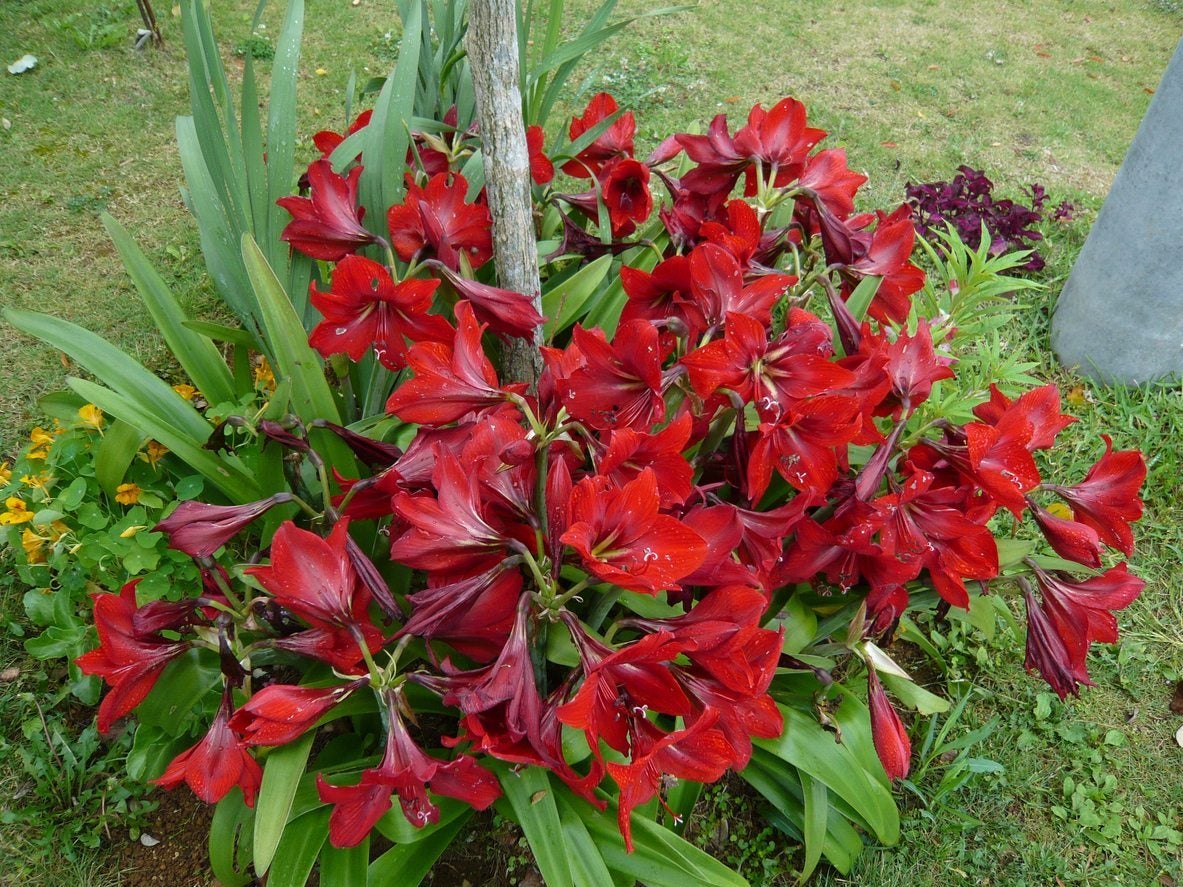 Separating Amaryllis Plants: How To Divide Amaryllis Bulbs In The Garden
Separating Amaryllis Plants: How To Divide Amaryllis Bulbs In The GardenLike many bulbs, in time and with the right environmental conditions, outdoor amaryllis bulbs will reproduce and naturalize. Amaryllis plant division is not only a way to control amaryllis colonies, but it also keeps plants healthy. Click here to learn more.
By Darcy Larum
-
 Complete Guide To Repotting Amaryllis – For Better Blooms & A Healthier Plant
Complete Guide To Repotting Amaryllis – For Better Blooms & A Healthier PlantAmaryllis plants don't need a lot of elbow room, but they do have to be repotted every 3-5 years. Wait until they're dormant and pick a slightly bigger pot.
By Teo Spengler
-
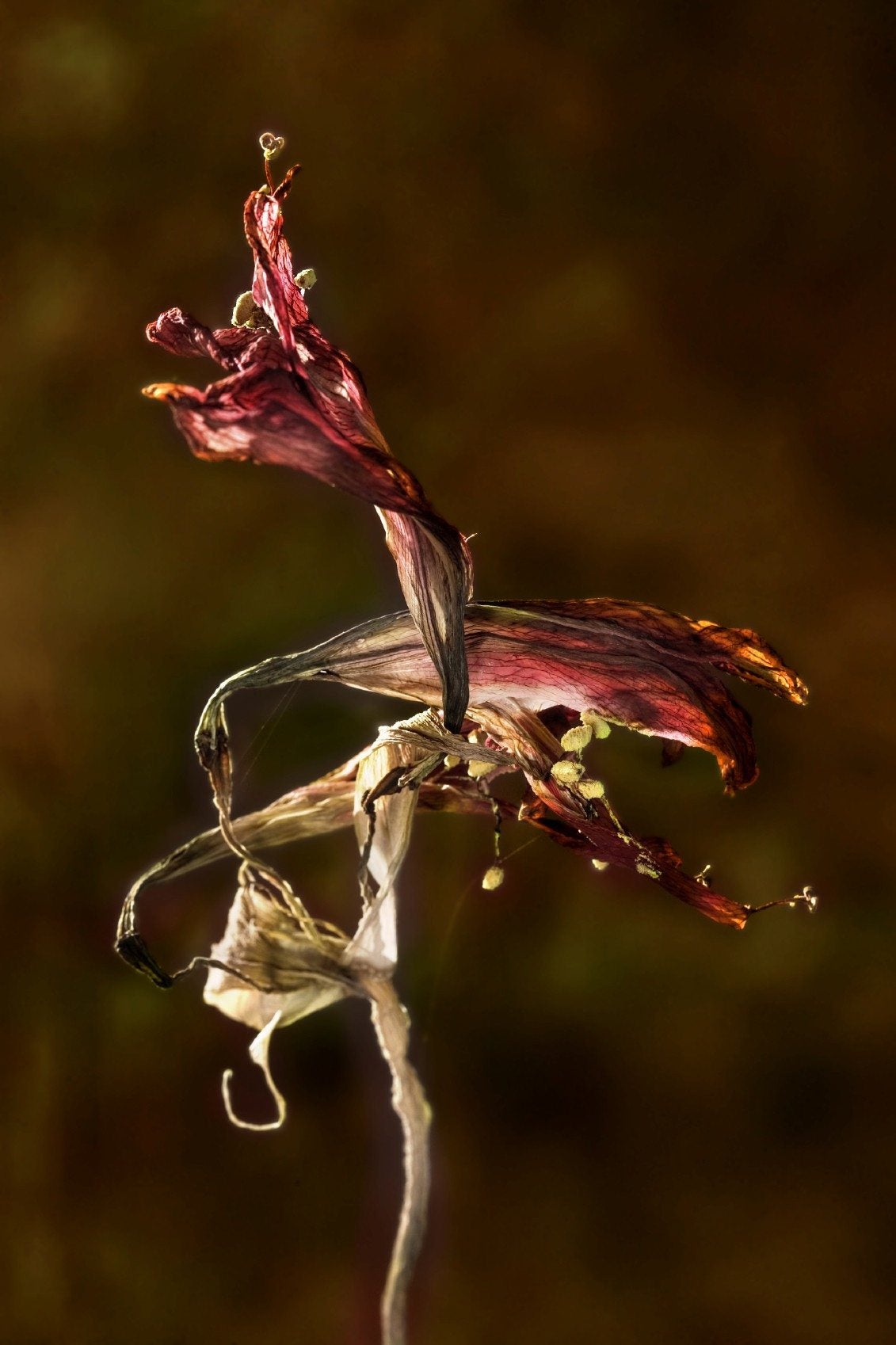 Amaryllis Seed Propagation: How To Plant An Amaryllis Seed
Amaryllis Seed Propagation: How To Plant An Amaryllis SeedIf you have some patience, you can produce and germinate your own amaryllis seed pods. Learn more about amaryllis seed propagation and how to plant an amaryllis seed in the article that follows. Click here for more information.
By Liz Baessler
-
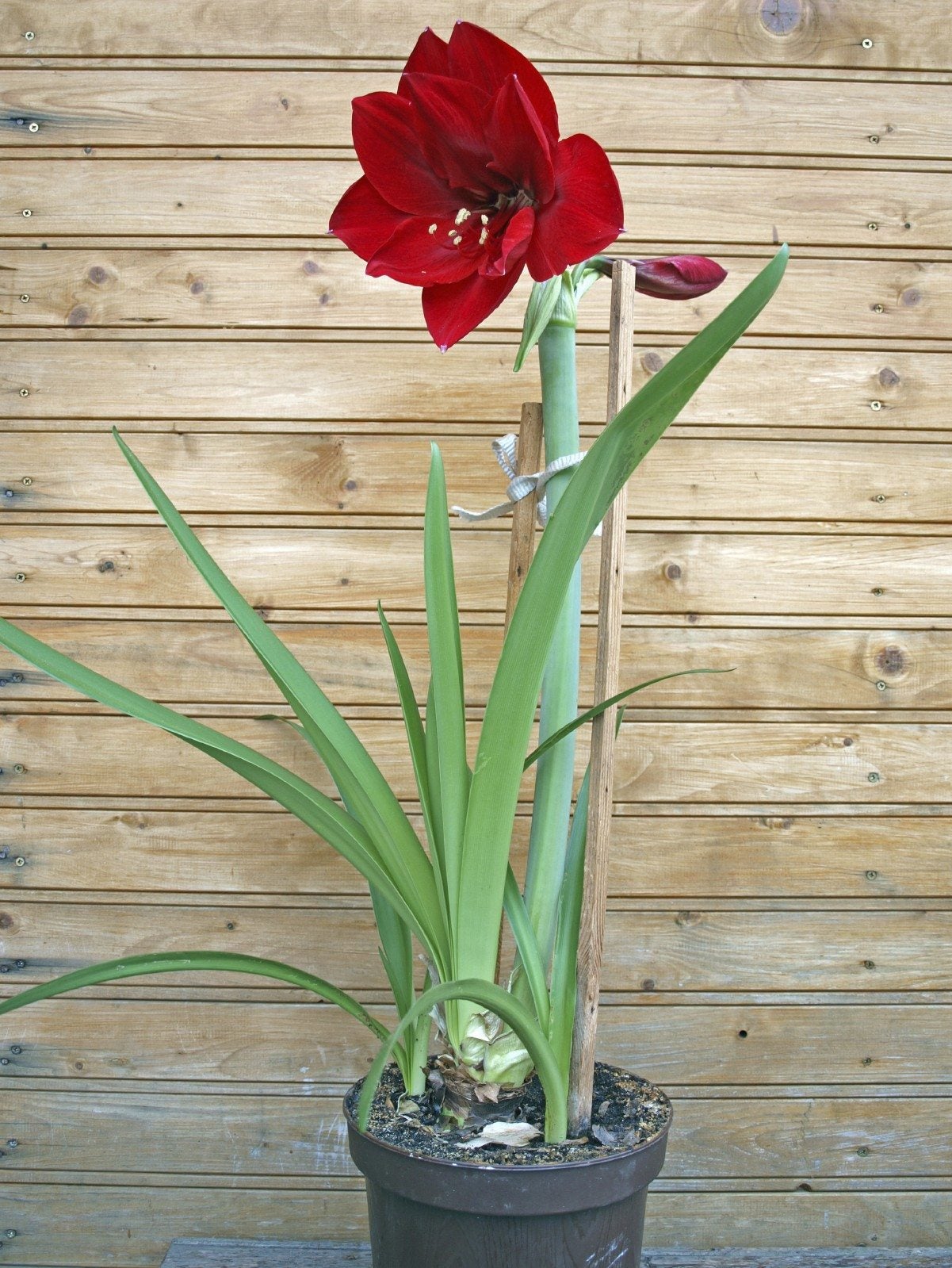 Staking An Amaryllis: Types Of Amaryllis Support Stakes
Staking An Amaryllis: Types Of Amaryllis Support StakesThe tall amaryllis stalks grow from bulbs, and each stalk bears four huge blooms. If your blooming plant gets top-heavy, you might need to learn about staking an amaryllis. Click this article for information about what to use for amaryllis plant support.
By Teo Spengler
-
 Soil For Amaryllis Plants – What Kind Of Soil Does Amaryllis Need
Soil For Amaryllis Plants – What Kind Of Soil Does Amaryllis NeedBecause it blooms in winter or early spring, amaryllis is almost always kept in a pot indoors, so you have more say in the kind of soil it grows in. So what kind of soil does amaryllis need? Learn about amaryllis soil requirements in this article.
By Liz Baessler